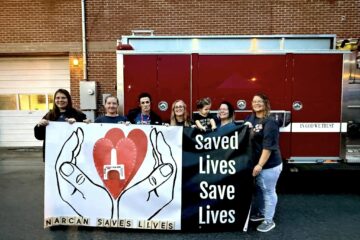Full Article by Allen Siegler | Mountain State Spotlight
The article “As WV officials tout small reductions in drug overdose deaths, epidemic remains at crisis levels” from Mountain State Spotlight offers a critical examination of West Virginia’s ongoing struggle with the opioid crisis. Despite a reported 4% decrease in overdose deaths from the previous year, the state’s numbers remain alarmingly high, with 1,487 fatalities—a stark contrast to the 892 deaths recorded in 2016.
Joe Solomon, co-director of Charleston-based harm reduction nonprofit SOAR, underscores the gravity of the situation, likening the marginal improvement to a friend claiming to feel “3 to 4 percent better” after being sick. He emphasizes that such a minimal decrease does little to alleviate the overarching crisis.
The article highlights the state’s restrictive policies, such as the moratorium on new methadone clinics since 2007 and the 2021 legislation limiting needle exchange programs. These measures have hindered the implementation of comprehensive harm reduction strategies. Connie Priddy, a Cabell County EMS nurse, points out that these programs often serve as initial contact points for individuals seeking rehabilitation resources, and their restriction could lead to increased overdose deaths.
Furthermore, the piece delves into the broader social determinants contributing to substance use disorders. Kelli Caseman, executive director of Think Kids WV, advocates for addressing adverse childhood experiences and enhancing mental health services to mitigate future overdoses. Solomon echoes this sentiment, asserting that systemic issues like inadequate wages, underfunded education, and systemic racism are intrinsically linked to the overdose epidemic.
For a visual representation of the trends discussed, the CDC provides a comprehensive overview of drug overdose mortality by state, which can offer additional context to West Virginia’s situation.


